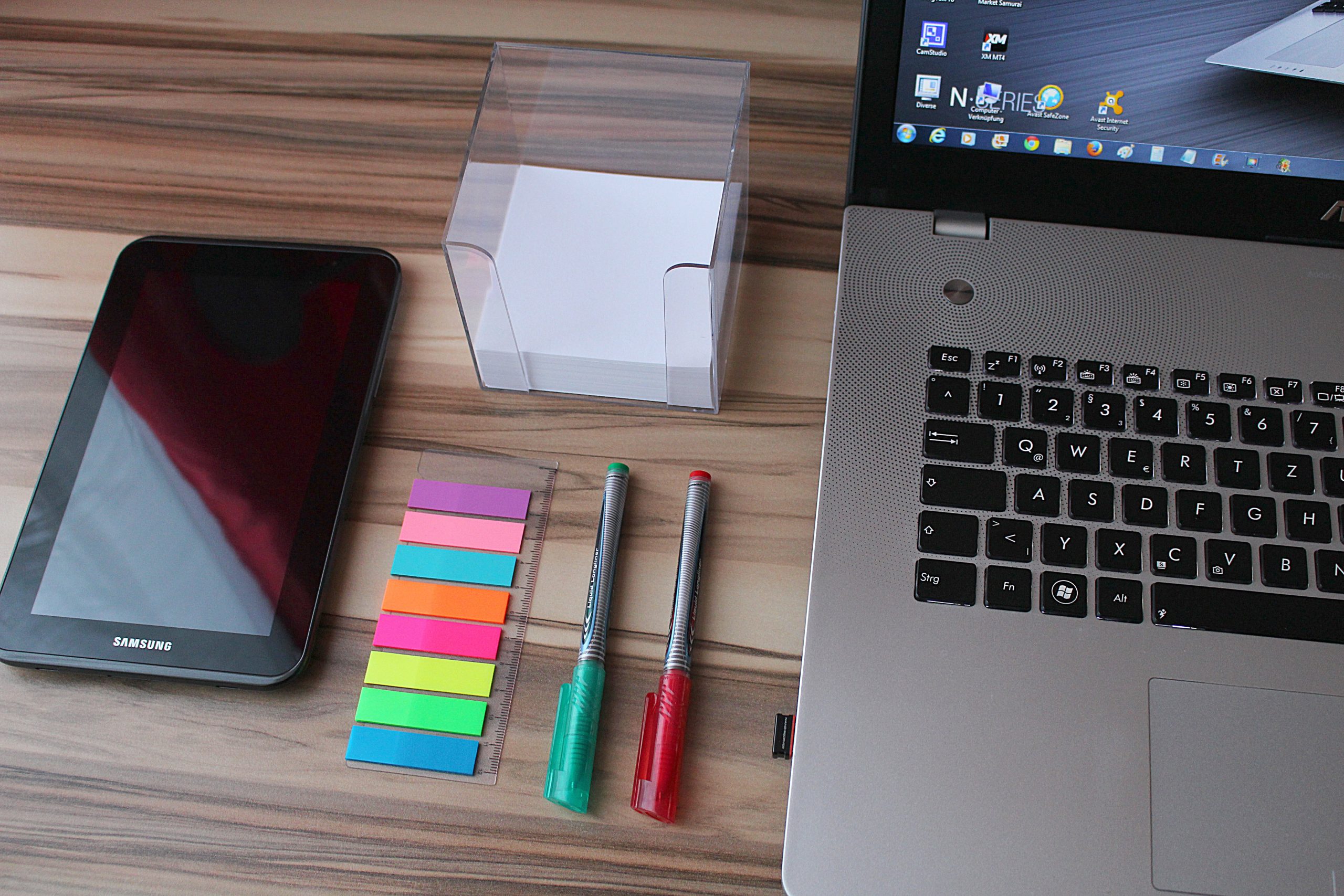When it comes to learning, most of us fall into the same trap: cramming. We sit down the night before an exam, or a big presentation, and force our brains to absorb as much information as possible in one sitting. And while this “all-nighter” approach might work short-term, the truth is harsh—your brain forgets most of what you learn this way.
Enter spaced repetition.
This learning method isn’t new, but thanks to neuroscience and digital tools, it has gained huge momentum in recent years. If you’ve ever wondered how language learners memorize thousands of vocabulary words, or how medical students remember endless anatomy terms, the answer is often spaced repetition.
But what exactly is it, why does it work so well, and how can you use it to master anything faster and more effectively? Let’s dive in.
What Is Spaced Repetition?
Spaced repetition is a learning technique that spaces out review sessions over increasing intervals of time. Instead of repeating the same material over and over in one sitting, you revisit it at carefully calculated points just before you’re about to forget it.
Think of it like watering a plant. Too much water at once won’t make it grow faster, but regular watering at the right times keeps it thriving.
The Science Behind Spaced Repetition
To understand why it works, we need to look at two key concepts in psychology:
- The Forgetting Curve
In the late 1800s, German psychologist Hermann Ebbinghaus discovered that memory retention drops sharply after learning something new. Within a day, you can forget up to 70% of the material. - The Spacing Effect
Ebbinghaus also found that if you review the same material at spaced intervals, the brain strengthens its memory of it. Each review pushes back the forgetting curve, making it easier to recall over the long term.
In simple terms: your brain needs reminders at the right times, not endless repetition in one sitting.
Why Spaced Repetition Beats Rote Memorization
Here’s why spaced repetition outperforms traditional memorization methods:
- Efficiency → You study less overall because you review only when you need to.
- Retention → You remember information for months or even years, not just days.
- Confidence → Regular recall practice improves retrieval speed.
- Flexibility → Works for languages, exams, skills, or even professional development.
Cramming gives you short-term recall. Spaced repetition gives you long-term mastery.
Real-World Applications
Spaced repetition isn’t just for students—it’s a life skill.
- Language Learning → Apps like Duolingo and Anki use spaced repetition to help learners retain vocabulary.
- Medical Education → Doctors and nurses rely on it to memorize vast amounts of medical knowledge.
- Professional Skills → From coding to public speaking, spaced repetition helps professionals build lasting skills.
- Everyday Life → Want to remember people’s names, important dates, or even historical facts? Spaced repetition makes it easier.
Tools That Make Spaced Repetition Easy
You don’t need to calculate review intervals manually. There are great tools available:
- Anki → A powerful, free flashcard app based on spaced repetition algorithms.
- Quizlet → Popular for students, offers spaced review features.
- Memrise → Great for language learning with gamified spaced repetition.
- Notion with SRS plugins → For learners who love organization and digital note-taking.
👉 These apps remind you when to review, so you can focus on learning instead of scheduling.
How to Use Spaced Repetition Effectively
If you’re new to the technique, start simple:
- Break down material into flashcards or notes.
For example: a question on one side, the answer on the other. - Review daily at first.
Look at your cards or notes every day for the first few days. - Gradually increase the gap.
Review after 1 day, then 3 days, then a week, then two weeks, and so on. - Actively recall, don’t just re-read.
Cover the answer and try to remember it before checking. - Be consistent.
Even 10–15 minutes a day is enough if you stick to it.
Common Mistakes to Avoid
While spaced repetition is powerful, many beginners make these mistakes:
- Creating too many cards at once. Keep it simple, focus on essentials first.
- Passive review. Don’t just skim—practice active recall.
- Inconsistency. Skipping days reduces effectiveness.
- Overcomplicating. You don’t need a perfect system; the key is regular use.
Spaced Repetition for Different Learners
- Students: Use it for exams, complex subjects, and retaining details.
- Professionals: Build long-term skills for career advancement.
- Lifelong learners: Great for hobbies, languages, or personal development.
No matter your age or background, spaced repetition adapts to your learning journey.
Why Spaced Repetition Matters in 2025 and Beyond
In an era where knowledge doubles every few years, knowing how to learn is more important than knowing everything. With AI, automation, and rapid industry changes, the ability to master new skills quickly is your best career insurance.
Spaced repetition helps you:
- Learn faster with less effort.
- Retain skills that actually stick.
- Stay competitive in a fast-changing world.
In short: it’s not just about passing exams—it’s about future-proofing yourself.
Other Articles
How to Balance Learning and Working: Time Management Tips
Learning from Mistakes: Why Failure Is the Key to Success




